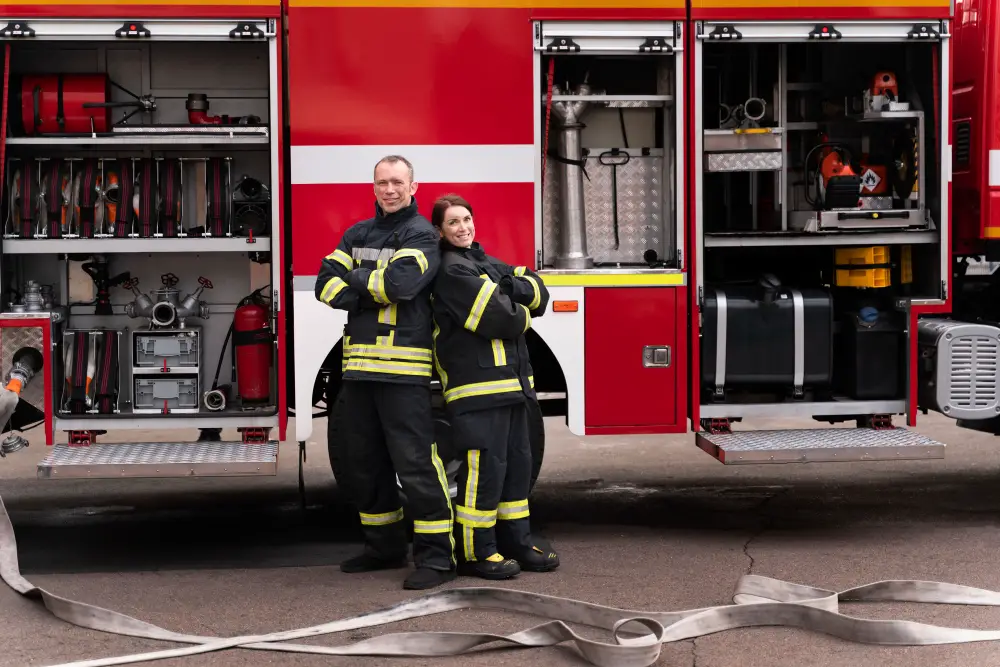Fire safety is a critical aspect of any environment, be it at home, in the workplace, or in public spaces. One of the most important tools in fire safety is the fire extinguisher. These devices can save lives and prevent property damage when used correctly. In this guide, we’ll explore the different types of fire extinguishers, their uses, and maintenance requirements.
Types of Fire Extinguishers:
There are several types of fire extinguishers, each designed to tackle specific types of fires. The most common types include:
Water extinguishers (Class A): These extinguishers are suitable for fires involving solid combustible materials such as wood, paper, and fabrics.
Foam extinguishers (Class A and B): Foam extinguishers are effective against fires involving solid combustible materials and flammable liquids such as petrol, diesel, and oil.
Dry powder extinguishers (Class A, B, and C): Dry powder extinguishers are versatile and can be used on fires involving flammable gases, liquids, and solids.
CO2 extinguishers (Class B and C): CO2 extinguishers are effective against fires involving flammable liquids and electrical fires.
Wet chemical extinguishers (Class F): Wet chemical extinguishers are designed for use on fires involving cooking oils and fats, such as in kitchens.
How to Use a Fire Extinguisher:
Using a fire extinguisher correctly can make a significant difference in controlling a fire. Remember the acronym PASS:
Pull the pin: Pull the pin at the top of the extinguisher to break the seal.
Aim low: Point the nozzle at the base of the fire to attack the source of the flames.
Squeeze the handle: Squeeze the handle to release the extinguishing agent.
Sweep from side to side: Sweep the nozzle from side to side to cover the entire area of the fire with the extinguishing agent.
Maintenance and Inspection:
Regular maintenance and inspection of fire extinguishers are essential to ensure they are in good working condition. Here are some key points to keep in mind:
Monthly checks: Inspect the extinguisher to ensure it is in its designated place, the pressure gauge or indicator is in the green zone, and there are no visible signs of damage or corrosion.
Annual inspection: Have a professional inspect the extinguisher annually to ensure it is in proper working condition.
Recharging and servicing: If the extinguisher has been used, or if it is past its expiration date, it needs to be recharged or serviced by a professional.
Conclusion:
The fire extinguisher is an essential tool in fire safety and can help prevent small fires from escalating into major incidents. It is crucial to have the right type of extinguisher for the specific type of fire and to know how to use it correctly. Regular maintenance and inspection are also key to ensuring that extinguishers are ready to use in case of an emergency.










